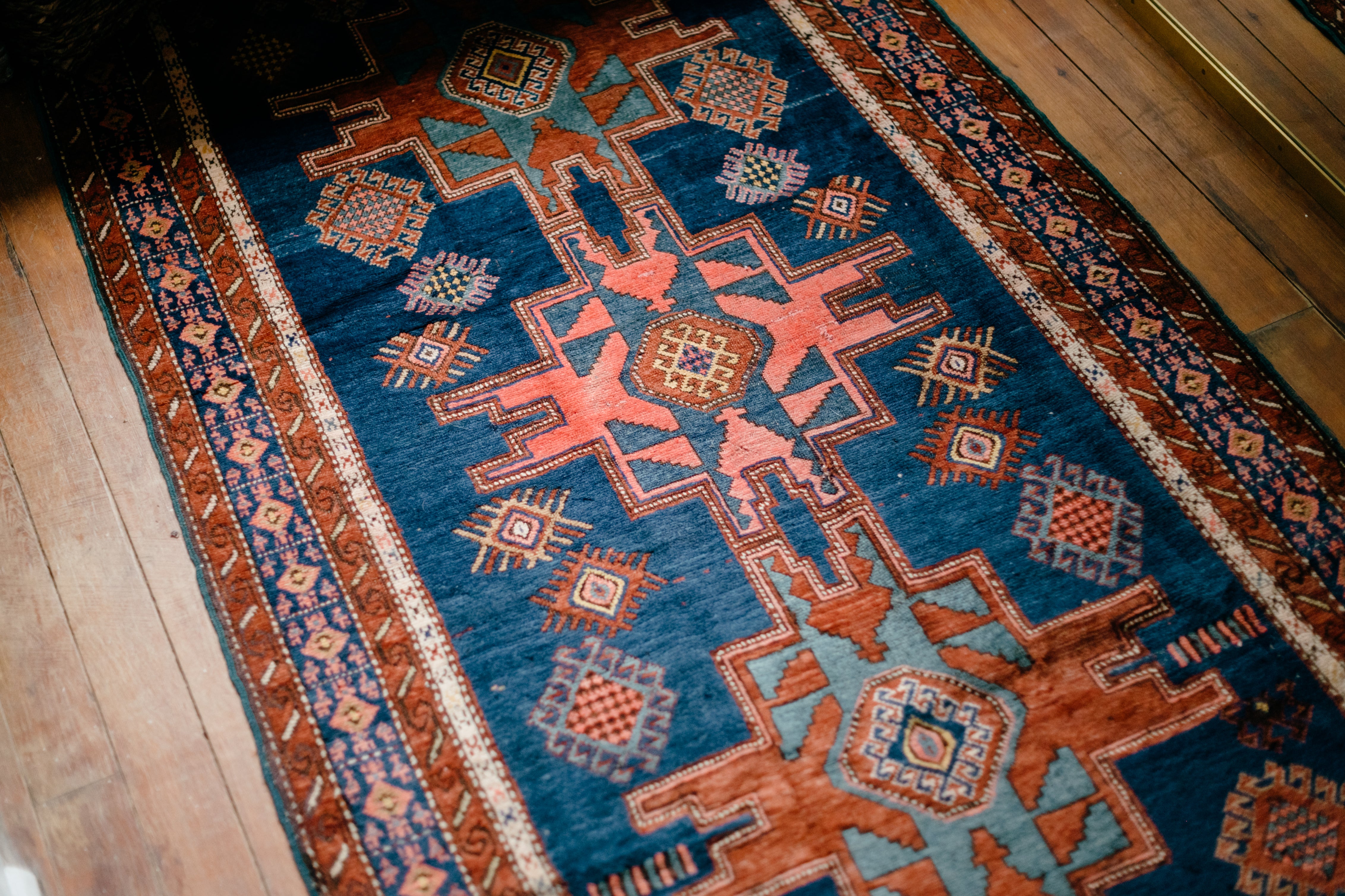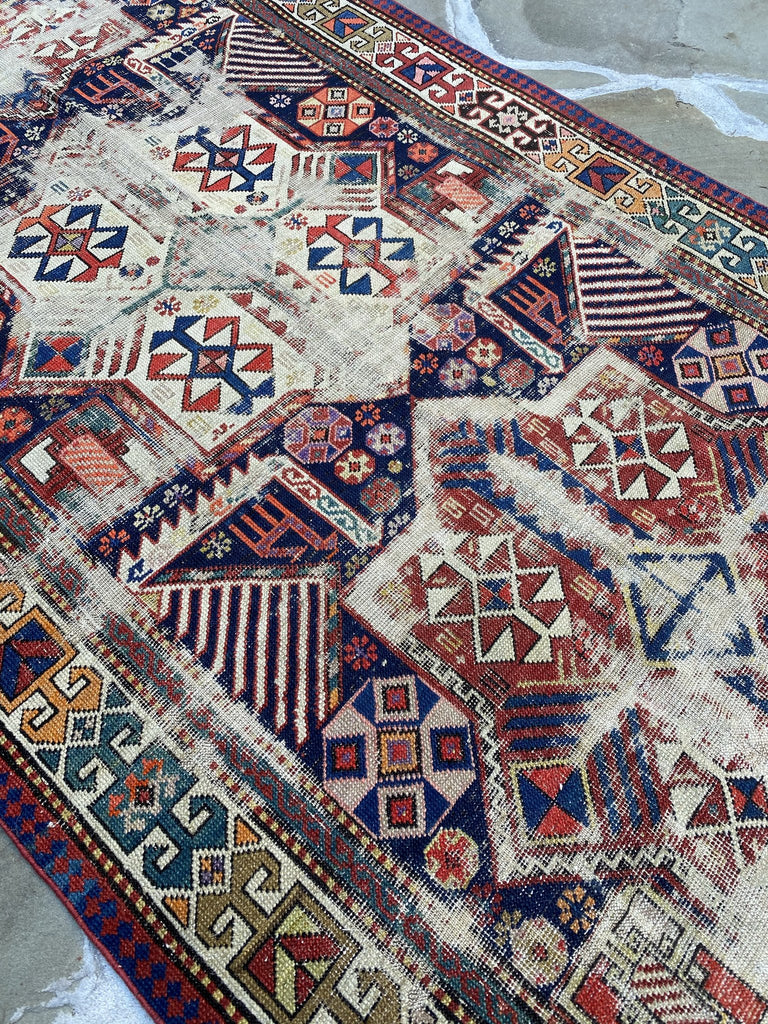January 14, 2021
Loom Lesson: What Do The Motifs on My Rug Represent?


First-time vintage rug shoppers may find themselves feeling overwhelmed by terminology (they must not be shopping at District Loom!). Heriz, Gabbeh, Oushak, Kilim… it can feel complicated. In this Loom Lesson, we’re breaking down some of our favorite rug motifs –– those gorgeous designs that make vintage Persian and Turkish carpets so special.
Generally speaking, the more intricate the design, the more valuable the rug. There are, of course, other factors, like the age and condition, but what people covet most is a rug’s motif. In order to fully appreciate just how special the rugs we source for our shop are, I try to learn and share as much as I can with you. That way, you can appreciate them, too!
In case you haven’t already, we recommend you start with our Loom Lesson on knots. If you’ve never seen a rug being woven, we promise that journal entry will blow your mind.
Boteh

This shape looks a bit like a pear wearing a hat, similar to a paisley pattern, and shows up in different variations, but in Farsi, boteh means “cluster of leaves.” Depending on where in the world the rug was made, you might hear that the boteh shape represents a leaf, a mango, a female parrot, and symbolizes life and eternity.
ALBAN pictured immediately above, is a classic example of boteh. In this instance, the paisley-like pattern occupies the whole center field of the rug. In some cases though, you’ll see boteh paired with a tight center medallion or in a rug’s border.
Vase designs

Rug patterns can be filled with tiny details, ones that are only noticeable when you really look. Take vase designs, like NEWARK (pictured above) for example. The field of this rug is packed with floral details. The longer you look at it, the more you notice. Floral designs often cost more as they are more labor intensive offering a higher knot count per square inch (KPSI)! We love how the flowers seem to completely overtake the vessel, like a forest made entirely of flowers. A dream, if you ask me.
Geometric-all-over

There’s something soothing about repetition. Aside from being very pleasing to the eye, rugs that carry a geometric shape in a repeating pattern throughout the field are serious carriers of folk art. The motifs that repeat are often reminiscent of florals, and often act almost like a family seal. Rug experts can use these motifs to identify which village a rug was likely woven in, which is pretty incredible. This piece is from the Malayer village in North west Persia. Heirloom 0031 carries a repeating diamond-shaped motif, called a 'Herati' throughout, woven together with a strong floral border. The Herati commonly known by it’s Farsi name ‘Mahi, meaning ‘fish’ because the serrated leaf design surrounding the diamond looks like a swimming fish!
Animals
Rug weaving is an ancient craft, so it shouldn’t come as a surprise that there are symbolic traditions woven into their fabric. Animals, for example, often held great significance, whether religious, spiritual, or a major part of how people sustained their livelihoods. In the region of the world where rugs are traditionally made, you find quite a large concentration of herding communities. (Sheep's wool is by far the most common material used for traditional rug weaving.) Amid it's intricate geometric pattern, Takoma also has a couple of sheep woven into its design!


(This is a private message — not for public viewing)
I saw your ad in the Mountain Living magazine and immediately fell in love with your rugs. I had the good fortune to buy a rug in Kathmandu, Nepal in 1973, which I still have, but do not display because it is a dragon design (not my favorite beast) but the rug is exquisite, nevertheless!
I am excited to view more of your rugs!
Helen R. Murphy on
Congratulations on the new location!! Can’t wait to see how it evolves.
Brandi on